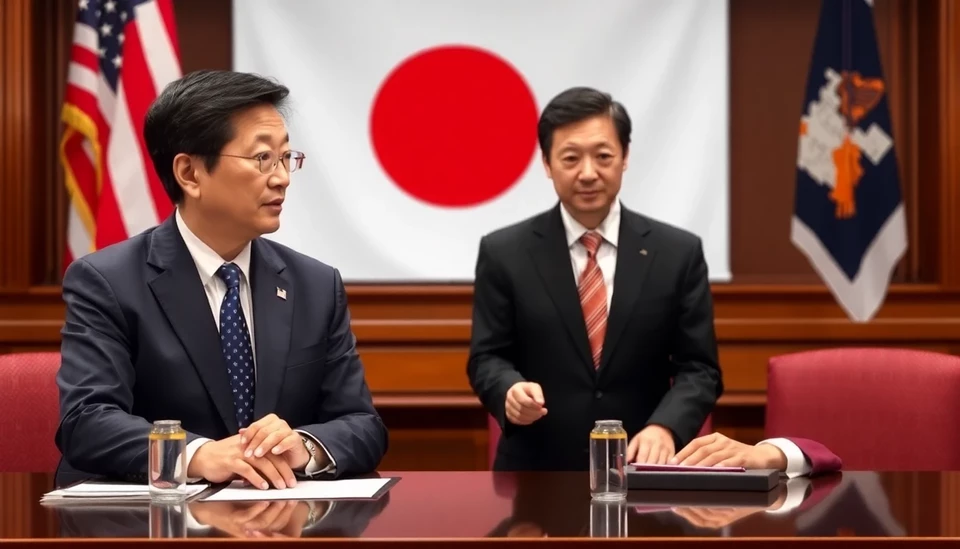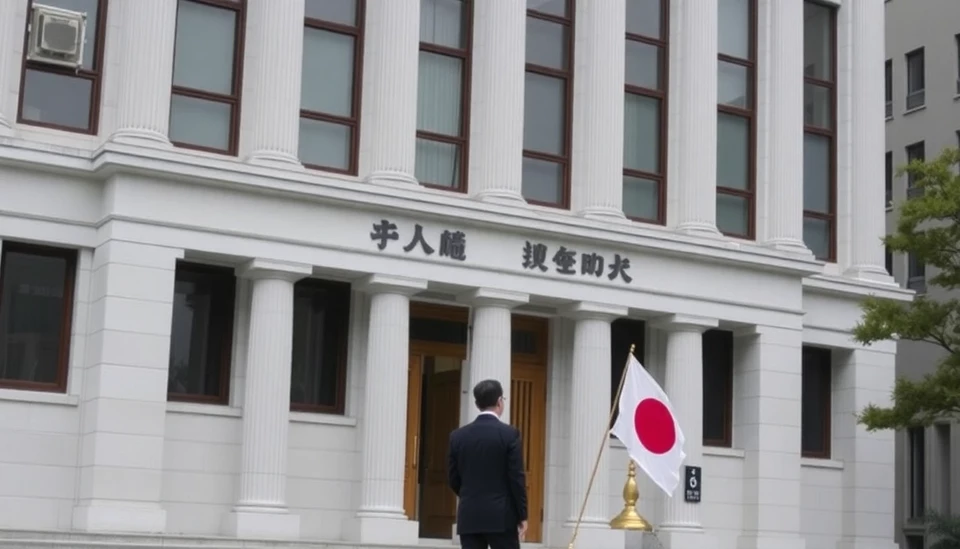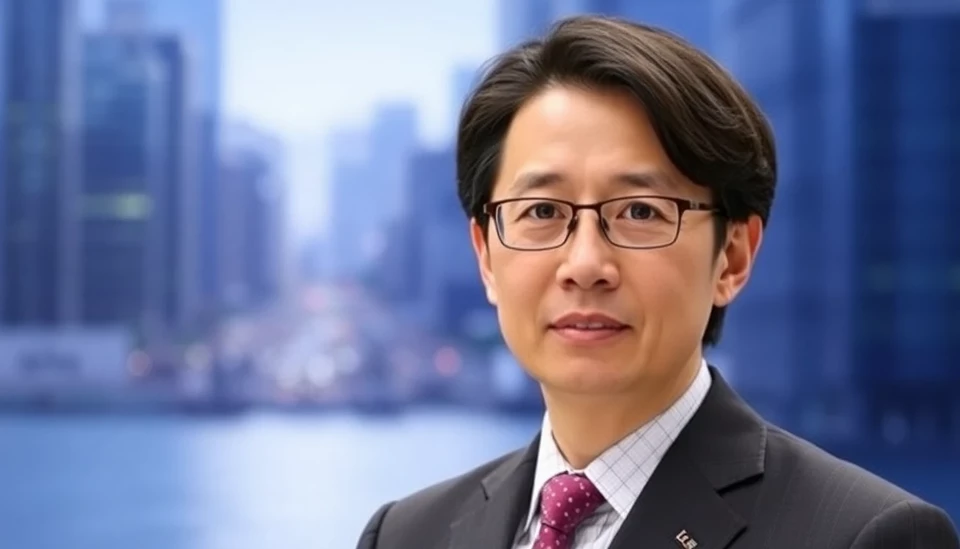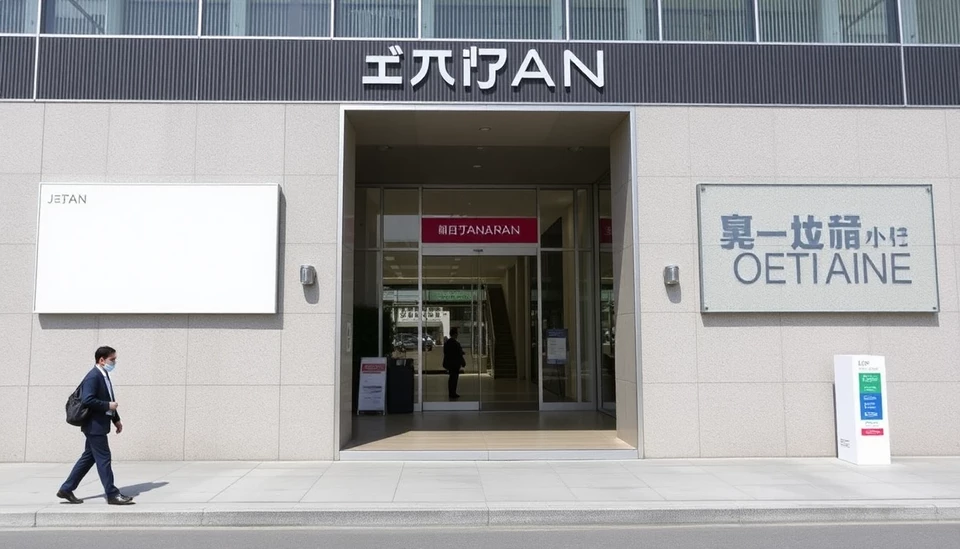
Recent reports suggest a sheen of optimism regarding wage growth in Japan, but a closer examination reveals that the reality may not be as bright as presented. According to data from Rengo, the Japanese Trade Union Confederation, wage increases have been touted as a sign of economic recovery and improved living standards. However, critical insights from recent economic analyses raise doubts about the sustainability and genuine impact of these wage trends.
Rengo's data indicates that the average wage has indeed risen, reporting an increase that reflects the overall sentiment of progress in the Japanese labor market. This rising trend is seen as a positive signal following decades of stagnation, where wage growth seemingly lagged behind inflation and economic development. Union leaders, buoyed by these figures, argue that such an upward trajectory will boost consumer spending and fuel further economic growth.
Yet, not all economists and analysts share this optimistic view. They caution that the statistical analysis carried out by Rengo might not paint the entire picture. For example, a substantial portion of the reported wage gains can be attributed to one-off bonuses and temporary positions rather than steady employment income. The distinction is crucial, as it suggests that while some workers may be seeing a peak in earnings, the overall economic stability does not necessarily reflect a long-term positive trend.
Moreover, there is growing concern about the disparity between wage pockets among different sectors and demographic groups. Reports indicate that workers in industries such as tech and finance are experiencing much more significant pay increases compared to those in hospitality and retail, where wage growth remains stagnant. This inequity within the labor market raises questions about the robustness of the reported wage growth and its adequacy in addressing economic disparities.
Another factor compounding the issue is the inflation rate in Japan. Although wage growth has been reported, the rise in living costs, particularly in food and energy, has eroded the purchasing power of many consumers. Analysts argue that without a corresponding increase in real wages, the so-called wage growth may not effectively improve individuals' quality of life, leading to skepticism regarding the sustainability of these trends moving forward.
In conclusion, while Rengo's data on wage growth presents an encouraging sign on the surface, the underlying realities present a more nuanced picture. The expectations for consumer spending and economic recovery must be tempered with a recognition of the disparities and inflationary pressures affecting the broader population. As Japan continues to navigate through its economic maze, the conversation around wage growth will have to evolve to reflect these complexities.
For those keen on following this developing story, understanding the fine lines between reported figures and the lived experiences of workers will be essential in analyzing Japan's economic future.
#Japan #WageGrowth #Economy #Rengo #Inflation #LaborMarket #EconomicDisparities
Author: Laura Mitchell




